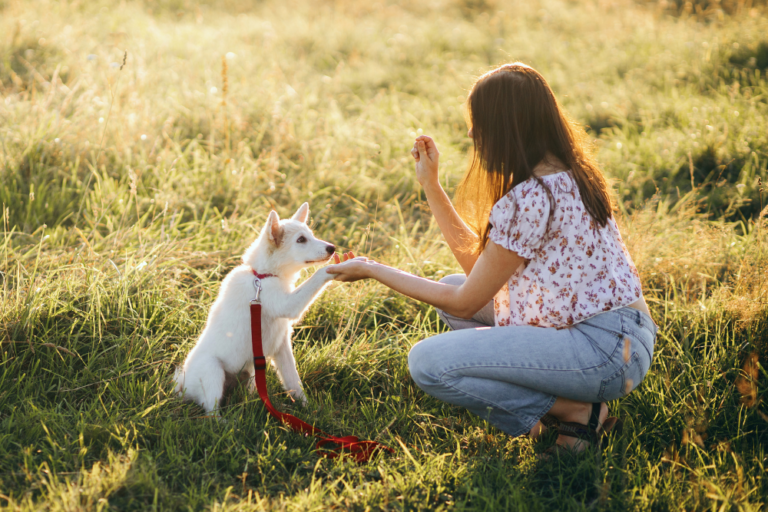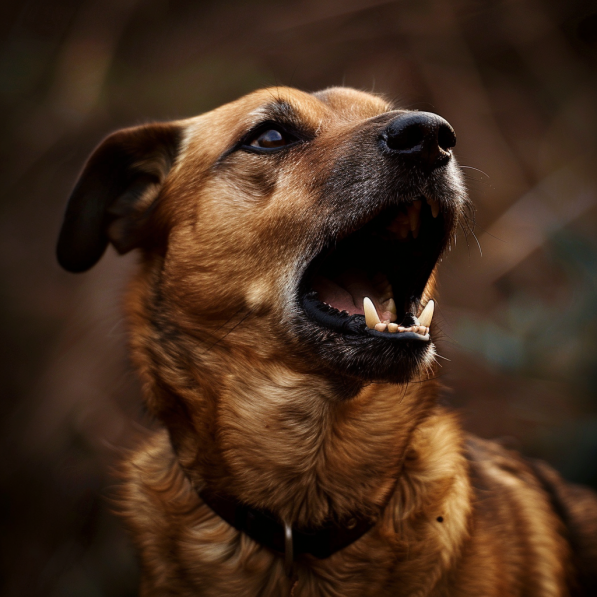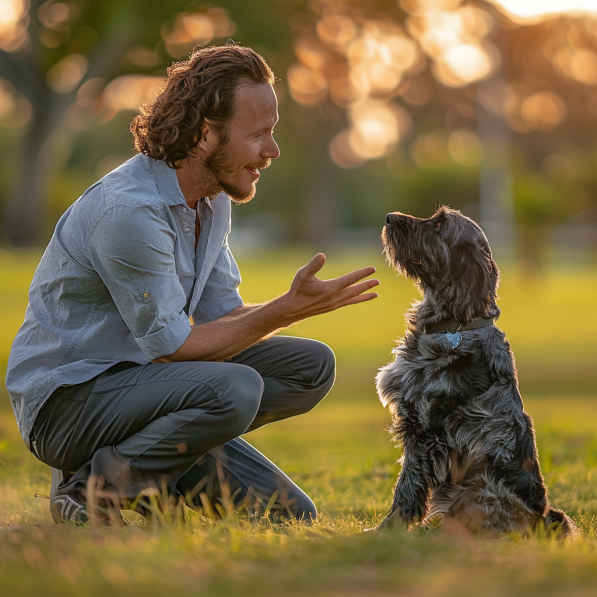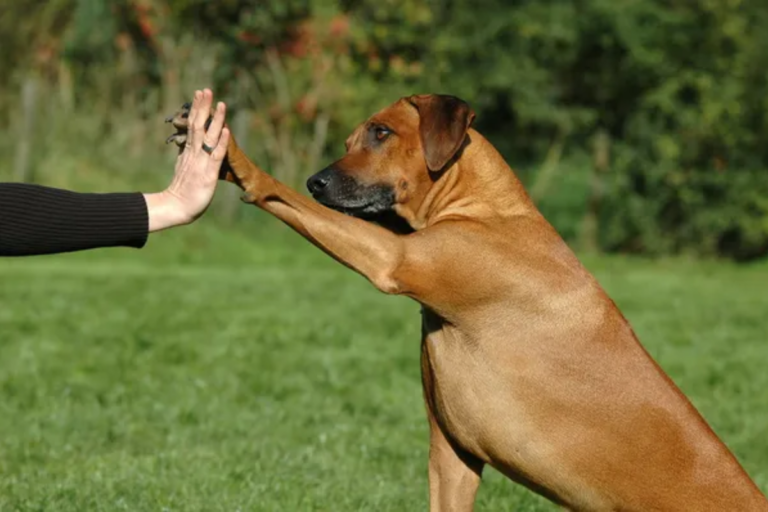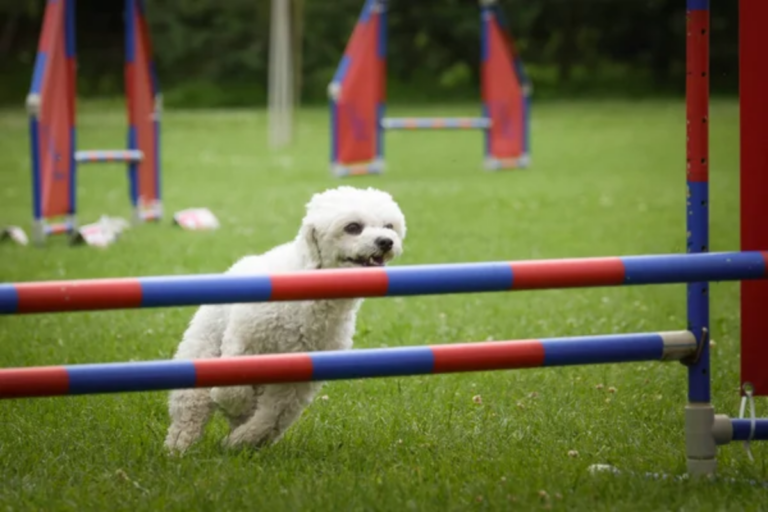Guard Dog Training
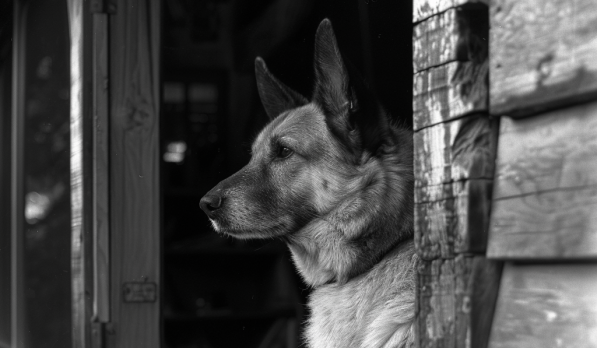
Guard Dog Training – Beware of Dog!
If protection dog training is intensive, guard dog training is just plain intense and certainly not something for the inexperienced trainer to take on.
The term “Guard Dog” is somewhat broad and with that, training may differ by what type of “guarding” a dog will perform. For instance, a working breed such as the Great Pyrenees has herding and flock guarding traits born into its lineage and these characteristics are passed on through heredity.
With a working breed such as the Pyrenees, we need only expose the dog to what it’s born to do, protect a flock or herd and solidify desired behavior with positive reinforcement.
On the other hand, training a dog to guard an area or specific territory begins with choosing a breed that has natural territorial instinct.

Guard dogs are meant to patrol a designated area, typically a business or commercial property when it’s vacant, such as overnight or when business is closed. With a natural aggressive mind set, a guard dog is typically handled by one trainer and set to work or “switched on” then left alone to act on its own without command or trainer interaction.
The natural territorial behavior of a guard dog keeps it alert and focused until it is taken down from this aggressive state once again by its handler.
A guard dog can be left alone to work without supervision. Unlike a personal protection dog that is commanded to react, a guard dog reacts to threats on its own. Guard dogs will attack and take down an intruder, anyone or anything that steps within the boundaries of its territory.
IMPORTANT: For this reason a guard dog, even while off duty, DOES NOT make a good family pet.
Beware of Dog!
A guard dog is trained to attack anything or anyone that trespasses, encroaches, or steps foot on its territory. Unfortunately, this could be an innocent passer by, curious child, or other animal that was never a threat.

Breeds
Omitting working breed dogs like the Great Pyrenees referenced above, and training these breeds to protect their flock, the remainder of this piece focuses on the aspect of guarding property.
Breeds like German Shepherd, Doberman and Rottweiler have the natural territorial qualities for guard dog service, however many mixed breeds make excellent guard dogs, especially if they have one of these blood lines in their lineage. Pit Bull and Boxer have the traits for guard dog work, they are also fearless and bull-headed yet may be a bit unmanageable.

Dogs with Husky in their line make good guard dogs too, and mixed with Rottie or Dobie can be an ideal choice for guard dog training. But there are always exceptions and sometimes the unlikely combination will be a world-class guard dog.
Many guard dog trainers will evaluate a situation before deciding on a dog to train for guard duty. Guarding the confines of a house or a building could be accomplished with a medium size dog, where a bigger dog might be best for guarding property line fences.
It’s important to recognize the difference between aggressive behavior and effective guarding action. Some small breeds like Jack Russell Terrier can show aggressive behavior, but if there’s a serious threat it might be a good idea to have something with punch in the bedside drawer to help the little guy out.
Guard dogs are certainly capable of being physically aggressive, but if their handler calls them down, it’s important they respond immediately. This is why the major portion of guard dog training centers around release and recall, with praise and reward. We want the dog to be alert and act on its own once set to work yet once disarmed it should not attack. When off duty a guard dog should accept that not everyone coming toward it is a threat. Yet more often than not, a higher sense of aggression that makes a good guard dog and lack of social skills render it chained or confined to a safe area while off duty.
Begin With The Basics
Guard dog training begins with the basics that establish the pack hierarchy with the trainer as alpha, it’s imperative that at least one individual can arm and de arm the dog’s aggressive mind. The next phase will focus on establishing the territorial boundaries, or home ground that the dog will guard. Next add stimuli such as strangers and mock intrusion while commanding the dog to act out aggressively.
Next we must bring the dog back to a calm state of mind. It’s somewhat like turning on and turning off the a switch, yet harder than it sounds.
With a guard dog, when we give a particular command to work we’re releasing the dog to patrol and it should do so until it is recalled.
Guard dog training teaches dogs to be on guard, stay aware, be aggressive towards intruders and threat and to release, come down, switch off to a more manageable demeanor when commanded. Then again, most guard dogs seem to me on edge 24 / 7.
Be warned that a guard dog is NOT for everyone! Sure we’ve all owned a dog at one time or another that showed a protective trait, or, was a bit territorial. While they may have been guarding out of instinct and it became a bad habit, when guard dog training we are all out encouraging the behavior!
Again, a true guard dog does not make a good family pet!
Ideally guard dog training should start when a dog is four or five months, and remember, we’re not hoping for a family pet here. Choose the right breed and within a few months you should begin to see the desired behavior. There’s always a need for a strong, smart dog. There’s just a particular niche for one that has the goods and natural instinct to be a guard dog.
Grab additional working dog training tips by following links to excellent articles on our working dog training page.

